
When’s the last time you popped in a cassette tape? Rented a movie at a video store? Wrote a check for groceries?
Maybe you still do some — or all — of these things. But chances are good you’ve replaced many of what used to be common, everyday activities with more technologically updated trends.
It can be tough to believe that many of the things we once considered essential could one day disappear. “Little House on the Prairie” author Laura Ingalls Wilder couldn’t foresee the end of the covered wagon era back when she was crossing the prairie in one, either.
But as the co-author of two books about faded childhood trends — Whatever Happened to Pudding Pops? and The Totally Sweet '90s — I can assure you, obsolescence is always grabbing new victims.
Here’s a look at some of the things that are still with us, yet are slowly but surely fading from everyday use.
1. Shopping malls

Shopping mall culture has suffered numerous blows over the past few years. Even Grandma has an Amazon Prime account these days. And with the anchor stores for those malls disappearing, the days of strolling around the mall for hours on end are going the way of the big hair from the 1980s.
While there are still some Black Friday stampedes at brick-and-mortar stores, shopping online means you won’t get pushed under a coat rack by someone in a quest for this year’s top toy. And malls as a hangout have given way to a more 21st-century gathering spot: the coffeehouse.
2. Cash

In the old days, people had to set foot inside a bank branch, fill out a form and wait in line to get their hands on their own money. We actually carried cash.
Sure, cash will have a place for a while. But simply being able to use a credit or debit card — if not mobile payment technology — everywhere from McDonald’s to the farmers market has made cash much less necessary.
3. Pay phones
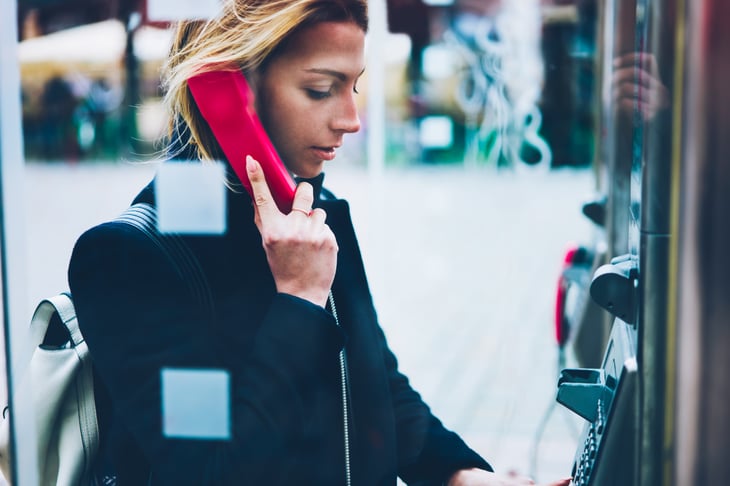
“Please insert another 25 cents.” That’s a phrase you don’t hear much these days, as public pay phones are no longer the every-other-corner standard they once were, especially for those once-costly long-distance calls. They’re still out there, but the number dwindles every year.
It’s clear why pay phones are fading into history like the stagecoach: Most everyone has a phone in his or her pocket these days, and it’s just not worth it to maintain a public pay phone for those few who don’t, or for the rare time when your phone charge is dwindling. (Wondering where Superman will change clothes now? Turns out that he really didn’t change in a phone booth all that often to begin with.)
Are you in the market for a new cellphone or cellphone plan? Be sure to check out Money Talks News’ free comparison tool to search for the best deal for your needs.
4. Calculators
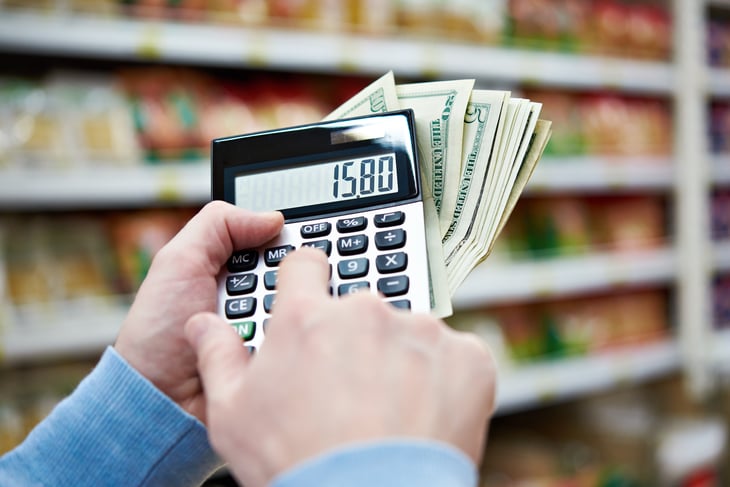
Let’s face it: Over the years, those carefully memorized multiplication tables start to slip out of your brain. So, calculators, once fiercely banned by teachers, come in awfully handy.
But who needs a separate physical calculator when you can calculate any sum via the calculators found on the internet or your smartphone? These days, you can even ask smart speakers, such as the Amazon Echo, to solve a math problem for you. Alexa, sum it up!
5. Paper maps

Thanks to internet guidance, Google Maps, built-in-car GPS devices, smartphones and smartwatches, paper maps now seem like a nostalgic throwback. After all, a paper map can’t adjust itself for road detours or bad weather, or suggest a faster or more direct route.
But that said, there are reasons to keep a paper map in your glove compartment. On a meandering road trip, paper maps can let you look closely at a large area at one time.
And if you happen to have vintage road maps lying around, don’t toss them — we list them among the “17 Surprising Things You Can Sell for Extra Money.”
6. Print catalogs

The J.C. Penney and Sears catalogs of the past were printed dream factories. Whether you grew up in the 1950s (coonskin caps!), the 1960s (go-go boots!), the 1970s (“Star Wars” figures!) or beyond, the colorful and beautifully laid out pages let kids drop into a fantasy world like no other.
Today, retailers’ catalogs are few and far between, and modern kids aren’t accustomed to turning to them for gift ideas anyway. If they show up, most catalogs head directly to recycling, or maybe get a second life as a doorstop.
7. Business cards
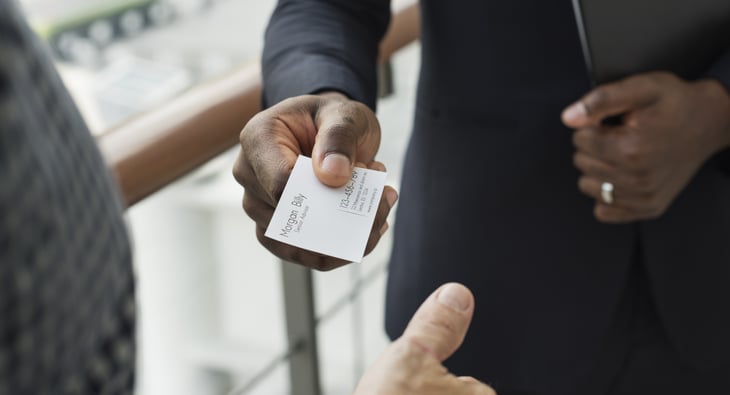
Business cards used to be a staple accessory for many offices. But when’s the last time you handed one out? The information a business card offers — name, company, phone number and email address — is mostly shared digitally now, which means it is less likely to be lost and can be easily updated.
Like a Rolodex, business cards are the victim of an era that’s simply found a better way to deal with the information they offer. We’re still takin’ care of business, just not with as many small scraps of paper.
8. Parking meters
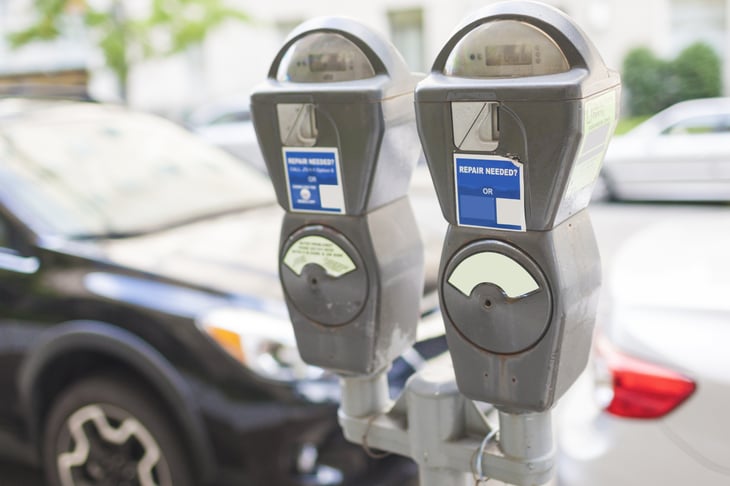
Major American cities are still going to demand that drivers pay for parking. But the old-fashioned meters — where you toss in a few coins and your allotted parking time publicly ticks down — are disappearing.
Parking payment is moving to smartphones, with many services now posting signs telling a driver what app to download and what assigned number to punch in. It can be complicated for those who aren’t tech-savvy, but it’s the future. And, hey, at least it frees you up from carrying around all those quarters.
9. House keys

House keys are still used by many, but there are advantages to changing to smart locks, such as those with numeric codes that open the door once the correct numbers are punched in. For example:
- There are no keys that can be lost, stolen or forgotten.
- Homeowners can set up a temporary code for a worker who needs access, then delete it the next day.
- Kids can memorize a simple code and no longer have to worry if they lose or forget a key.
- Vacationing homeowners can pass on the code and allow a neighbor to check on a home without needing to hand out an extra physical key.
10. Manual-transmission cars

Cars utilizing stick shifts, also called manual transmissions, are disappearing around the bend. Fewer manufacturers make manual transmissions now. The Wall Street Journal reports that fewer than 2% of new car sales now are manuals, compared with 6.8% in 2012.
For those who love the stick shift, this transition will really grind your gears.
11. College textbooks

If you’ve been out of college for a while, you probably remember having to fork out money for heavy, expensive textbooks for your classes. Well, welcome to the 21st century.
Textbooks are moving to the digital world. Some schools have already removed hard copies of books from their on-campus bookstores. No question, digital texts have plenty of advantages — they can be updated, and students can highlight text and remove highlights easily. They also can look up definitions or footnotes instantly and enjoy videos and interactive exercises.
But maybe best of all: It’s bye-bye to backaches from carrying backpacks overloaded with these massive bricks around campus.
If you or your offspring are grappling with college costs, check out “7 Cheaper Paths to a Great College Education.”
12. Classroom chalkboards

Want to make your kids think you’re really old — like “rode-dinosaurs-to-school” old? Tell them about your school days spent clapping erasers to get the chalk dust out of them. That’s a chore today’s students may never understand.
Chalkboards, aka blackboards, have long been on the way out, replaced by their cleaner, smoother cousin, the whiteboard. But even traditional whiteboards are likely to be replaced with emerging smartboards — a high-tech, interactive version — as the price of the new technology comes down.
13. Mail-collection boxes
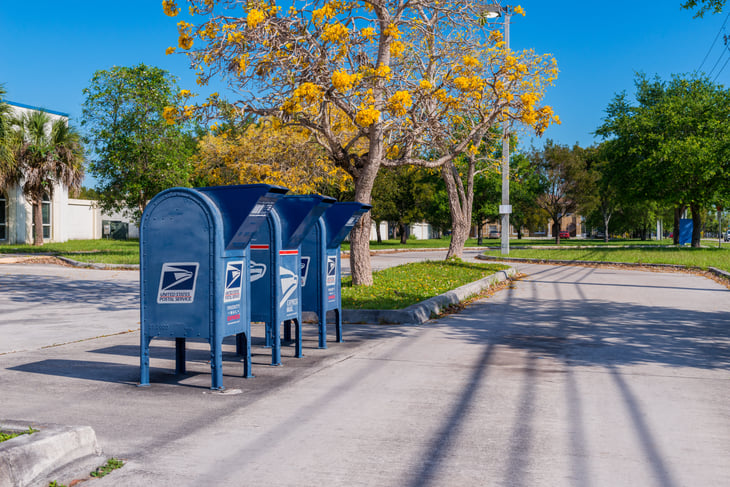
Pity regular letters, the kind for which you lick envelopes and apply stamps. Not only are they saddled with the insulting term “snail mail,” but they’re also fast slipping away, to be replaced by their nearly instantaneous competitors, email and texting.
Disappearing even faster are the bright blue U.S. Postal Service mail-collection boxes that used to decorate many a neighborhood curb. Nationally, the number of collection boxes declined by more than 12,000 from 2011 to 2016, the U.S. Postal Service Office of Inspector General’s webpage declares. Roughly 140,000 remain today.
14. In-person voting
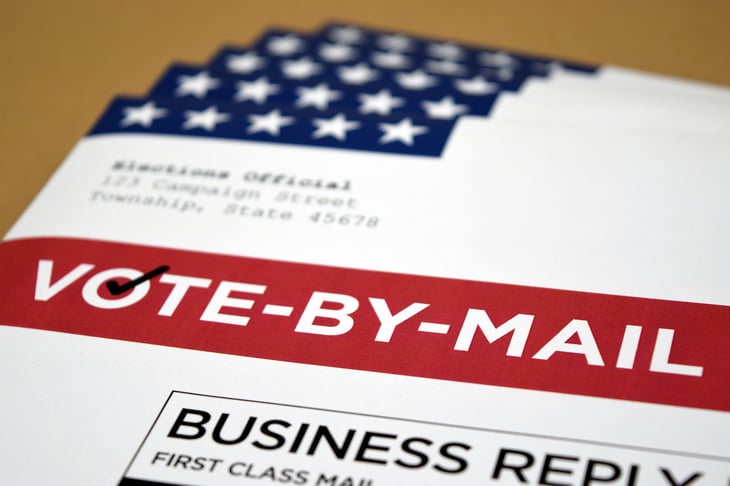
Heading to the polling place is a cherished part of American life — albeit a process that can be plagued by problems from long lines to voter-identification issues.
But there’s another way: Several states, including my own home state of Washington, have moved to voting by mail. Voters receive their ballots in the mail, settle in at a table to read over the candidates and issues, mark their ballots at leisure, then pop them back in the mail. (Worried your ballot wasn’t counted? You can track it online.)
Some folks are still unsure about voting by mail, but eventually, we’ll all likely vote this way.
15. Plastic shopping bags

If your city or state hasn’t banned one-time-use plastic shopping bags by now, that move is probably coming. A more environmentally safe way to shop is to bring your own reusable tote bags. And if you’re ever given that old-school choice — “paper or plastic?” — choose paper.
16. Plastic, single-use straws
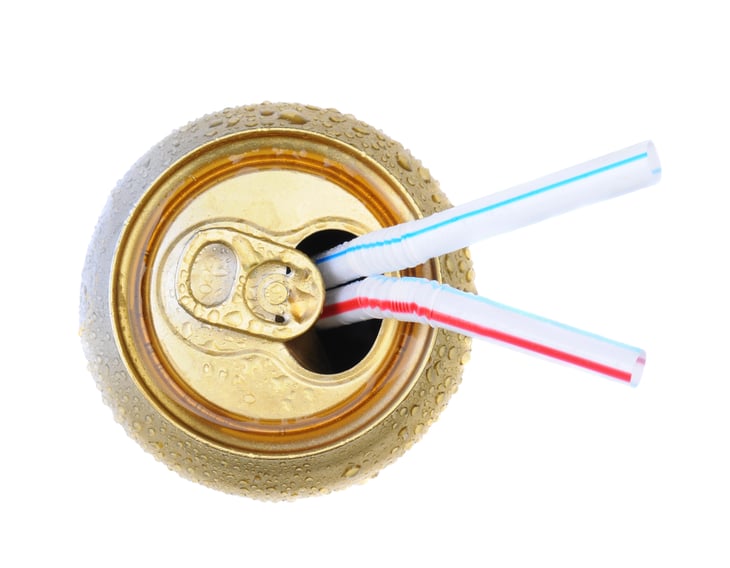
Speaking of plastic, many locations are moving away from plastic, single-use straws. Even such giant corporations as McDonald’s and Starbucks have moved toward more environmentally friendly choices.
Even though the widespread use of straws looks set to end, they will likely survive at some level until someone comes up with an alternative for those who genuinely need them, such as the disabled.
17. Car keys
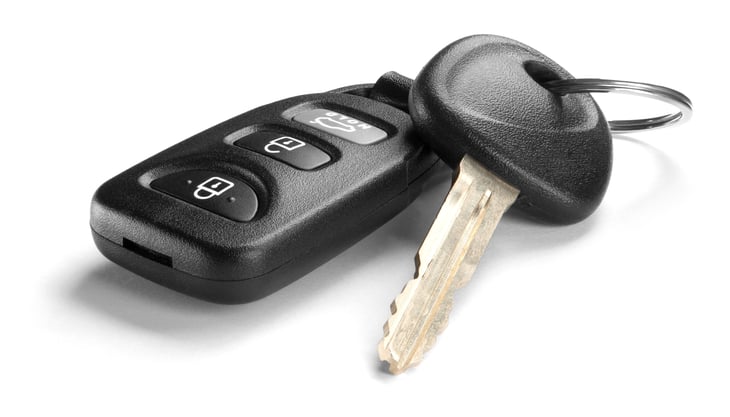
If you’ve bought a newish car in recent years, you may never have touched it with a key. Modern cars come with key fobs and mini-remotes that can lock and unlock the car with the push of a button.
Some don’t even require that: When I get close enough to my car, it senses that I’m carrying the key fob and remote, and it unlocks the door once I encircle the handle with my hand. I can start the car from inside my home so it warms up while I finish getting ready. And I never have to put a key in the ignition like the old days — the car has a start button instead.
18. Checks

It’s become an easy cliche in TV and movies: A character is in a hurry to check out at a store, and the person in front of them slowly pulls out a checkbook and proceeds to write a check as if they’re meticulously addressing a wedding invitation.
The habit of writing checks, once the default way to pay many bills, is in decline. Many stores no longer accept checks, and many shoppers are too impatient to deal with payments that must be recorded in a register and reconciled. Swiping one’s debit or credit card or using a mobile payment app seems much simpler — and it is faster.
19. Desktop computers

Wait, what? Computers are fading away?
Not computing in general, just the big old desktop dinosaurs that sit atop an office desk like a Volkswagen.
In this era when more workers want the option of working from home, a laptop or tablet gives portability and flexibility. But don’t toss the big ol’ brick out the window just yet. Desktop PCs remain useful for very specific jobs, including 3D modeling, video editing and software development.
20. Cursive

Can cursive handwriting ever make a comeback? Only a very small percentage of us use it on a daily basis anymore. Computer use has replaced much of the writing we used to do, and some schools make only a cursory (sorry) attempt at teaching handwriting to the next generation.
While it’s sad to think that many young people may not be able to read older documents written in beautiful, flowing script, it still seems as if the writing is on the wall for cursive.
21. Remote controls

A remote control for the TV seemed like an absolute luxury back in the 1970s and 1980s, when the devices first started to flourish. No more hopping off the couch to turn the channel dial! But now, cable, smart TVs and streaming media players offer smartphone apps that do everything from changing the channel to turning on captions and cranking up the volume.
And unlike the cumbersome remote that always seems to be lodged between the couch cushions, an app is always just as close as your smartphone.
While we’re on the subject, traditional TV is also getting gobbled up by streaming services. If you’re in the market to save on TV costs, check out “13 Streaming TV Services That Cost $20 a Month — or Less.”
22. Fax machines
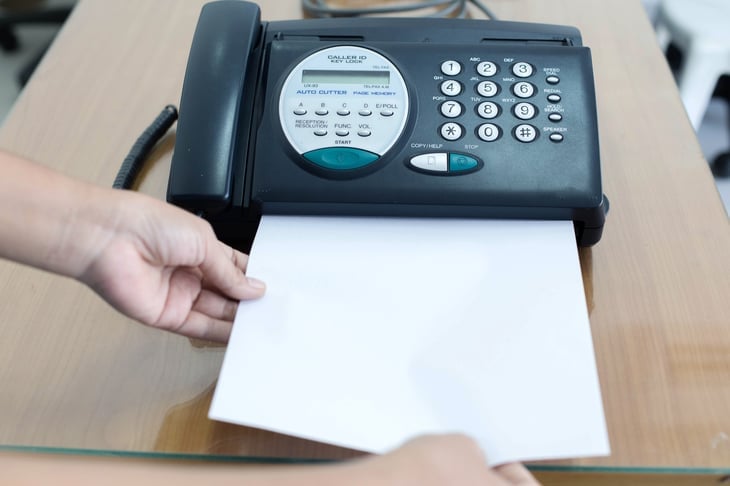
Certain businesses will rely on fax machines for years to come, as a way to share contracts or other documents. But technology is making it easier to turn the fax off for good. It’s now possible to download and fill out many documents via computer.
Plus, fax-machine technology is now frequently built into printers and copiers. Why make room for three giant clunky machines when one will do? That’s the fax, Jack.
23. GPS devices
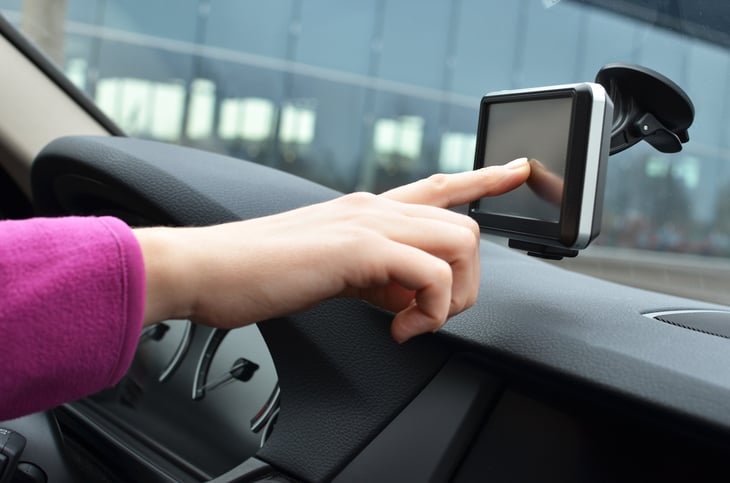
Global positioning system technology is here to stay, at least until we all have direction-giving chips implanted in our brains. But standalone global positioning systems are becoming less necessary.
If your car or truck isn’t new enough to come with built-in GPS guidance, you can punch the needed address into your smartphone or smartwatch and let it guide your way. It’s just one more way those compact little phones are replacing older, one-use devices.
24. Portable music players
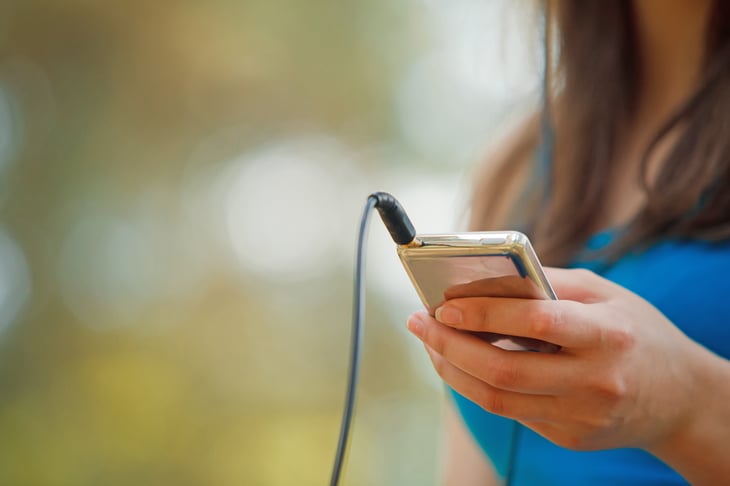
What’s that we just said about phones replacing one-use devices? The iPod was a wonderful invention. (We shall not speak of the short-lived Microsoft Zune.) Finally, runners and walkers could take their entertainment with them, enjoying tunes, audiobooks and podcasts on the go.
But now the smartphone can play all those things, so why carry around two devices where one will do? As a farewell, crank up your iPod one last time. Maybe play taps.
25. Sharing school photos

Today’s parents may have fond memories of the day their school photo package arrived. Each package was usually loaded with tradeable wallet-sized images, and once Grandma got her giant 8-by-10, the rest could be swapped with friends.
But head to any elementary school the day the school photos arrive nowadays, and it’s just not the same. Kids who have grown up with smartphone cameras being thrust in their faces (and hands) don’t have the same love for trading formally posed photos.
26. Print magazines
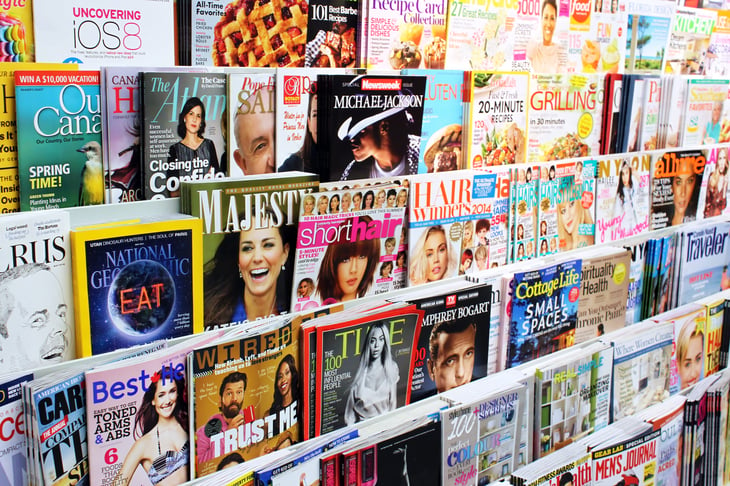
This one’s a toughie for those of us who still have boxes full of recipe magazines and Martha Stewart Living, who remember mooning over wedding gowns in Brides magazine or saving a Sports Illustrated from the year our hometown team finally won something. (The Minnesota Twins, 1987 and 1991 World Series for me.)
But more print magazines cease publication every year. Some publications are simply moving online or switching to fewer print issues.
27. Alarm clocks

Hey, guess what tiny device is challenging the alarm-clock industry? You guessed it: It’s smartphones, again.
Smartphones — and smartwatches, too — have their own alarm clocks and plenty of advantages over more cumbersome physical clocks. You can set multiple alarms, program each one with a different ringtone or other alarm sounds, and you can take them with you on a business trip or vacation. How come we didn’t wake up to this concept earlier?
28. Headphones with cords

Hooray for headphones: They let listeners tune in privately to music, podcasts and audiobooks, or just cancel out the annoying noise of a busy plane or office.
But headphones are changing: Eventually, they’ll mostly move to a wireless version, where you don’t have to plug in the headphones to a computer or phone. The cordless versions do seem safer: No more worries about tripping over the cord while running on a treadmill, or accidentally stepping on it while bending down.
For now, you can still use your corded ones, but the next time you buy a set, you’ll probably want to think seriously about cutting the cord.
29. Hotel room keys
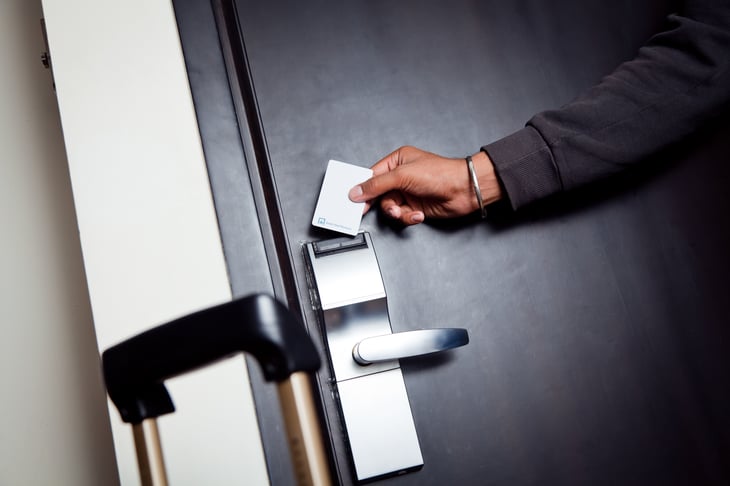
Hotels have jumped on the modern key bandwagon even faster than car manufacturers. It is now rare to get a metal key attached to a giant plastic tag for a hotel room, as once was the standard.
Key cards are cheap, easy to use, fit comfortably in a pocket or wallet, and can be recoded and reused. Plus, no one has to rekey a room door if a visitor loses their card on the beach.
30. Landline phones
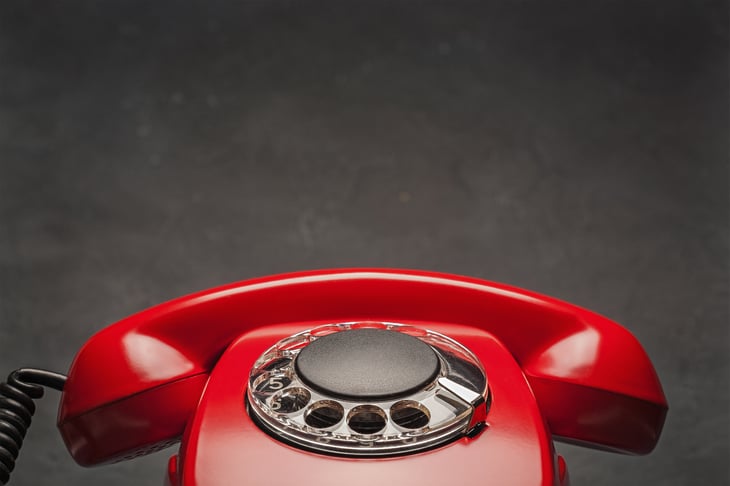
Yes, landlines do have their benefits. Calls rarely drop out as they do on mobile phones. And it’s comforting to think that in case of an emergency when cellular service is down — or in the case of a babysitter or child who may not have a cellphone — there’s a way to connect.
But many people now see the landline as an expense that can be easily cut.
31. CDs
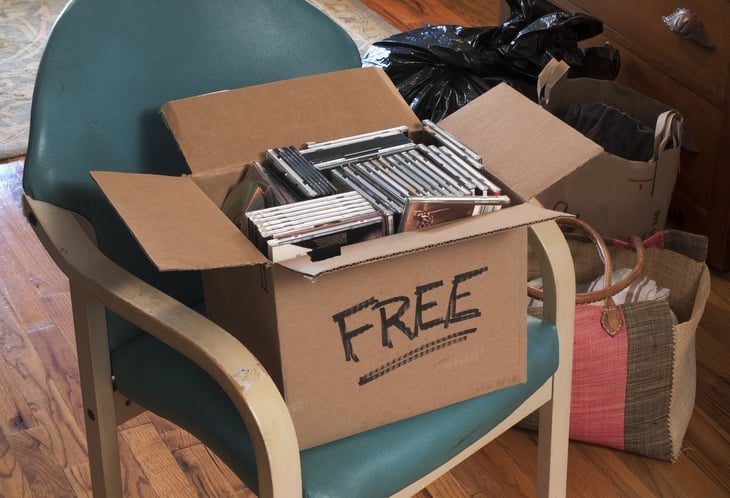
Remember when the music industry was singing the new song of compact discs (CDs)? Smaller than vinyl records! No ribbons tangled mid-tune as with cassette tapes! And don’t even get us started on how much better they sounded than clunky eight-tracks!
But, the tune has changed. Modern music users are moving to getting — and storing — their tunes digitally. Ironically, as CDs decline, an older musical medium, vinyl records, is reviving.
“The vinyl boom is not going bust anytime soon. In the first half of 2023, vinyl LP sales were up 21.7% from the same period the year before, a robust vote of confidence for the format that has dominated album sales in recent years,” says Variety.
32. Paper receipts

From grocery stores to gardening centers, businesses are increasingly ditching the old paper receipt. It’s not surprising anymore to be asked at checkout if you want a paper receipt or prefer an emailed one.
And emailed ones can come in handy if you have to return an item. Just search your inbox for proof of purchase. Wondering when exactly you bought that coat, or where? An email search will give you the answers — and the whole trend will save some trees.
33. Movies on DVD

Nowadays, you can buy or rent digital movies through various streaming video services. And really, are you going to want to watch “Grumpy Cat’s Worst Christmas Ever” (a real 2014 title) more than once?
34. Paper bills
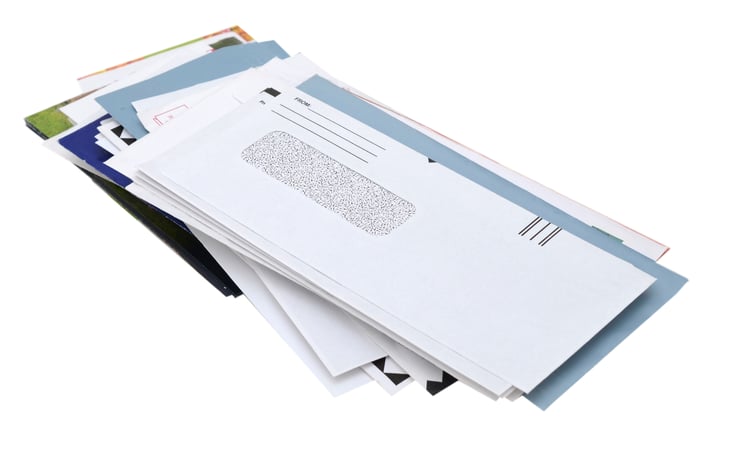
Opening your mailbox only to pluck out a pile of paper bills can be discouraging indeed. But these days, it’s possible to eschew almost all paper bills, whether from a utility, credit card or even doctor.
Most places that charge you money for something are happy to do it electronically. You’ll receive an email or text nudge when your bill is due, and you can often pay it automatically right from your bank’s website. That doesn’t make the charges go down any easier, but at least you don’t have to hunt for a stamp.
35. Paper airplane tickets and boarding passes
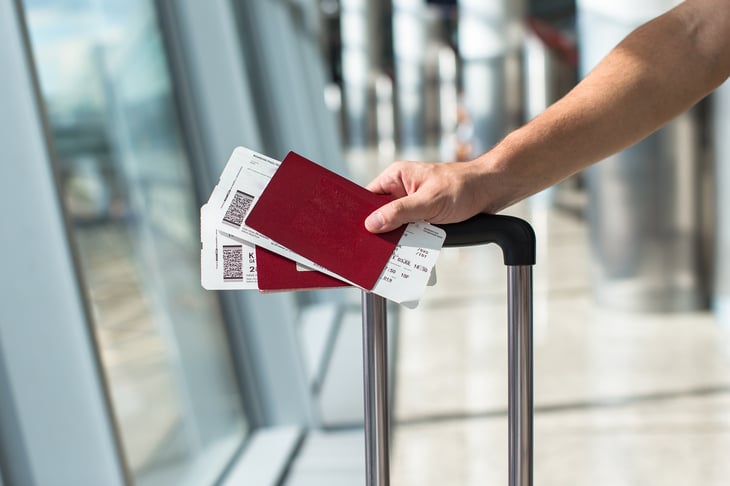
If you’ve traveled by air lately, you know that paper tickets are on the way out. Even paper boarding passes are taking flight: You can now have those passes sent to your smartphone, and need only show it to the gate agent when boarding for a quick scan.
With so many airline amenities getting worse — smaller seats, terrible or no food, etc. — at least this is an efficient change in the air.
36. Theater tickets

Sure, you can still purchase paper tickets at your local movie theater. But increasingly, digital tickets are becoming an option. Purchase your tickets online and have them sent to your smartphone. Then, skip the line at the box office and simply show the usher your virtual ticket to be scanned.
Less time waiting in line means more time checking out the candy choices at the concession stand!
If you’re a movie fan, be sure to check out 12 Ways to Save Big at Movie Theaters.”







Add a Comment
Our Policy: We welcome relevant and respectful comments in order to foster healthy and informative discussions. All other comments may be removed. Comments with links are automatically held for moderation.